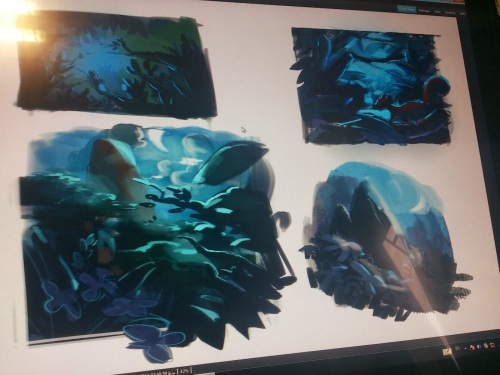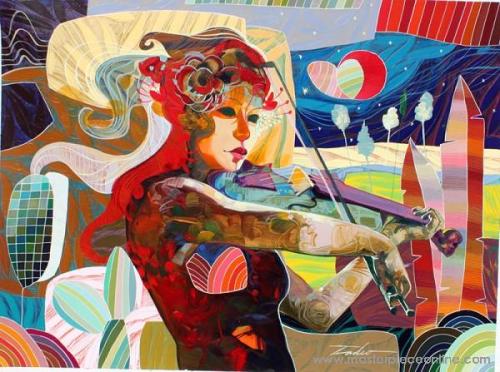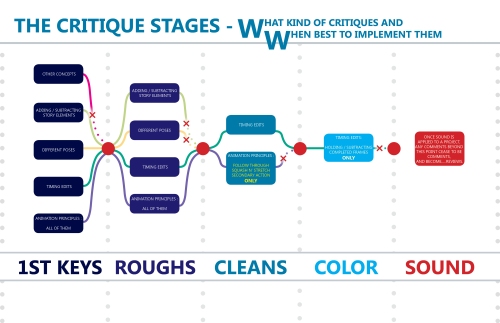Glen Keane, Paul Wells, Joanna Quinn, Allison Abbate and Jordi Bares explain what drew them to Animation, as well as what keeps them there. Glen and Joanna also reveal why sketching is basically the life blood of great animation. The secret to Disney animation as well as Glen’s best reasons for sketching are found below:
This idea of animating with sincerity is believing in the character you animate. Literally believing them.
Observation (sketching) becomes the well spring of [your] ideas. They become the measure of truth in your drawings.
– Glen Keane
Here, Paul Wells explains that while today’s films use old gags and classic (innocent) designs, they also combine those elements with the darker truths of life that most people today tend to focus on. This creative collaboration now bridges the gap of entertainment between both old and new generations in the context of film making.
We live in, of course, what some call the post modern world. The impact of films like Shrek have been very powerful in that sense. The gags are knowing, everybody’s going to be self aware about these things. We have to know where everybody stands about their own ironies, about their own position in the world. In a certain sense, this mitigates a little bit against the same design strategies, and the same kind of looks of princesses. In the sense that it at least offers us the idea that there’s a “knowingness” in this. Yes the world is a cynical place, but it’s all playful isn’t it?
– Paul Wells (paraphrased)
Follow the link, watch the video, and like this post!
http://www.bfi.org.uk/live/video/832


